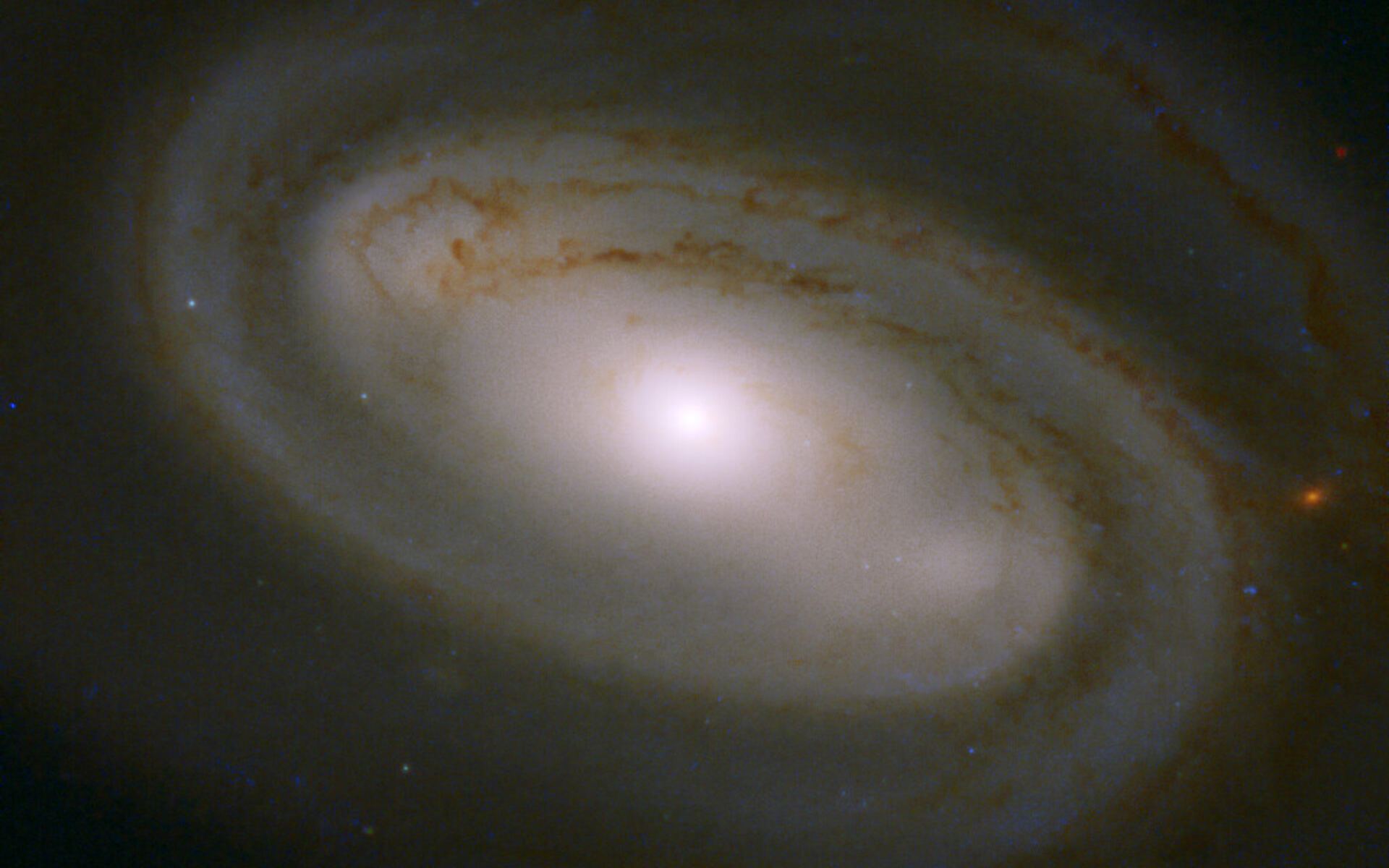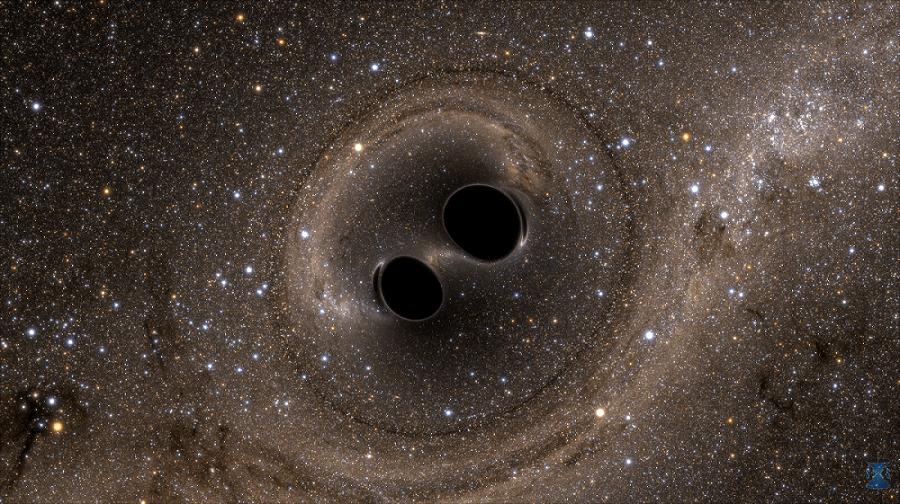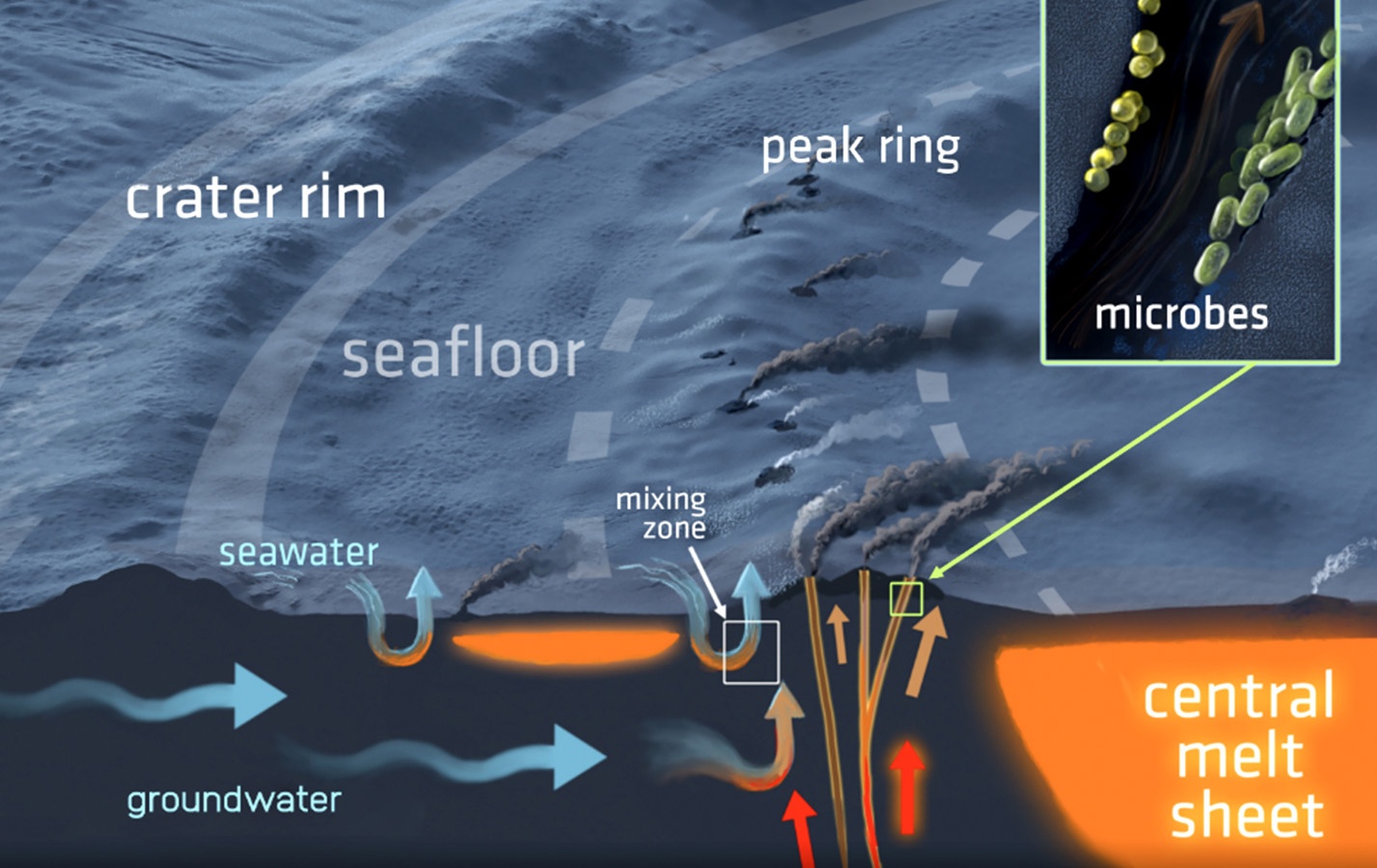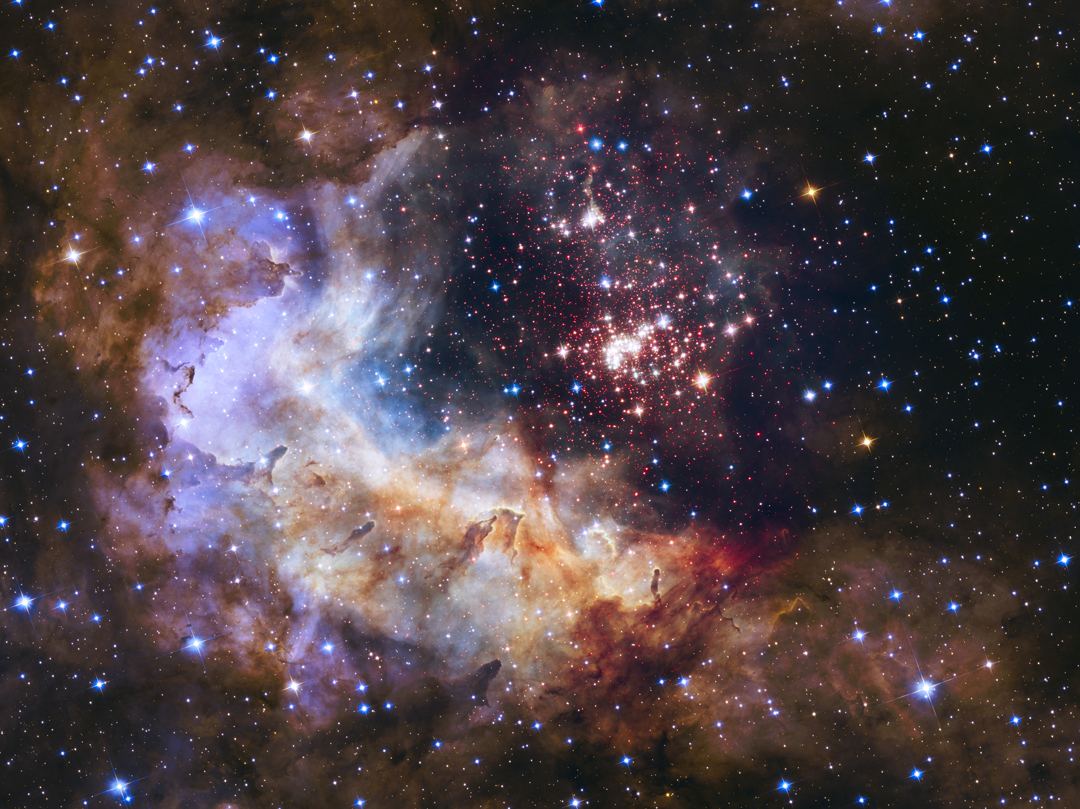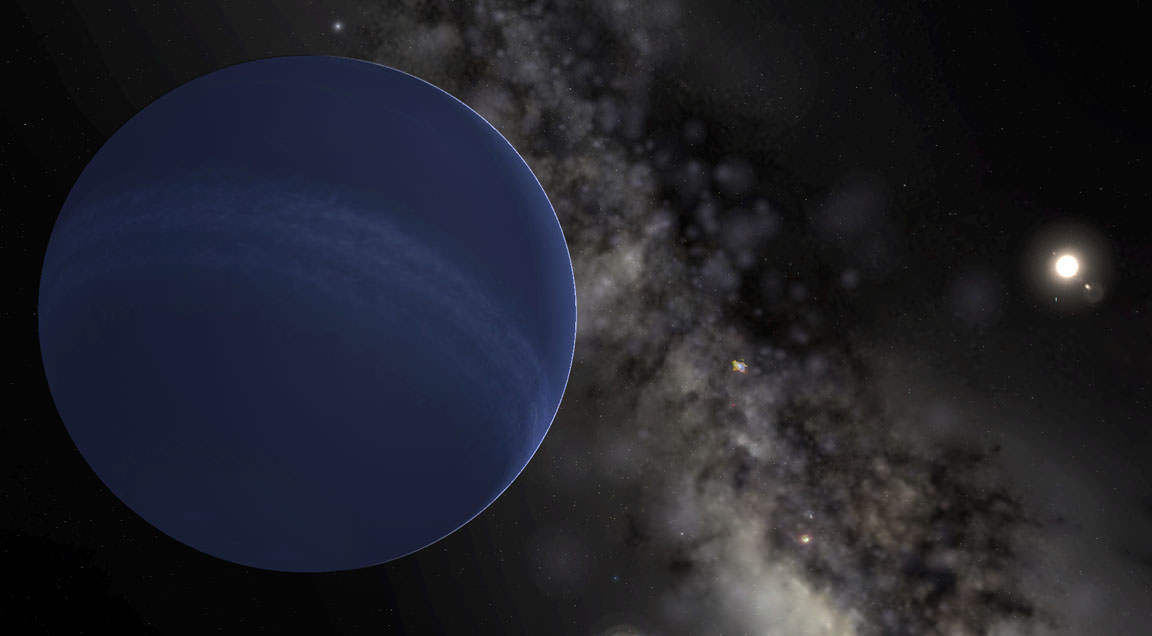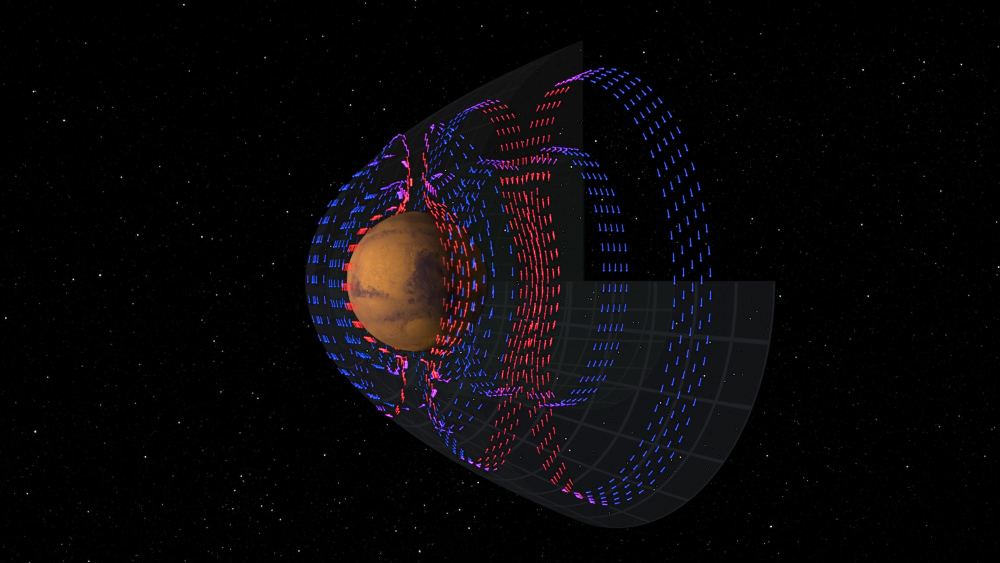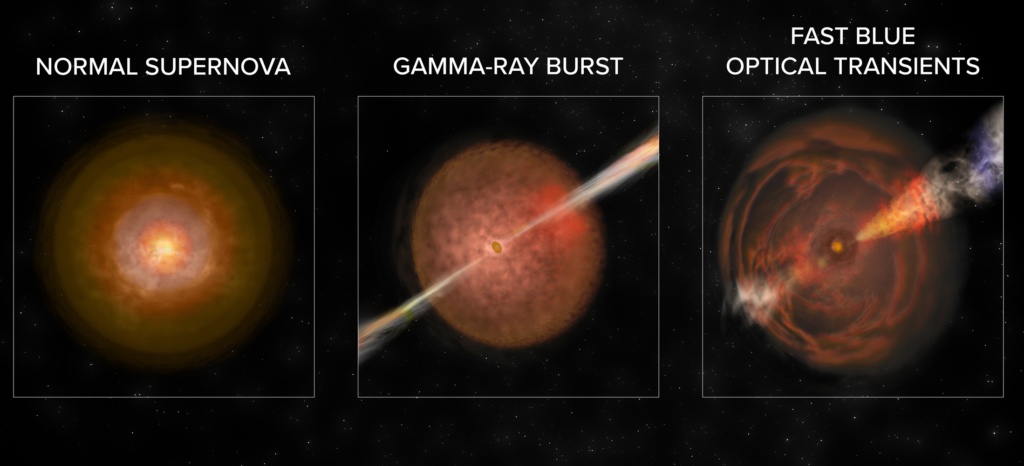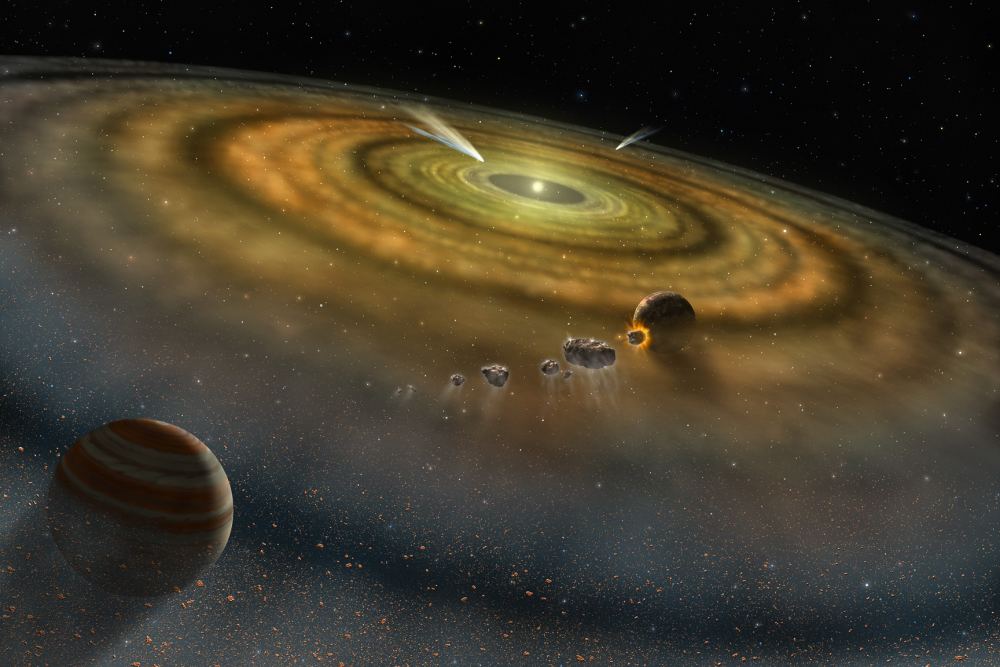NGC 3895 is a barred spiral galaxy in the Ursa Major constellation. It’s about 145 million light years away from our home, the Milky Way, and its diameter is about 45,000 light years. William Herschel discovered it way back in 1790.
Now the Hubble Space Telescope has given us another gorgeous image of it. Thanks Hubble!
Continue reading “Barred Spiral NGC 3895 Captured by Hubble”
